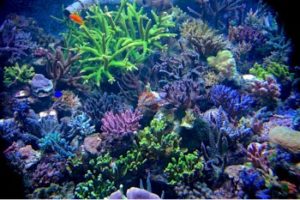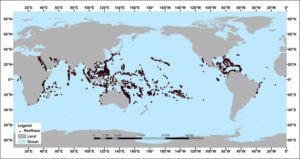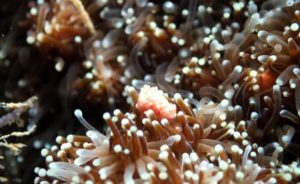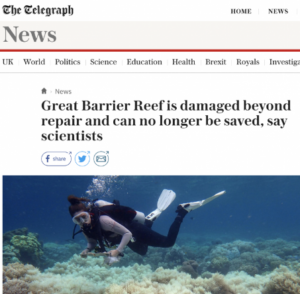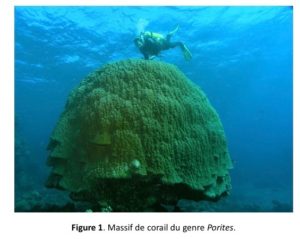by J. Marohasy, Aug 11, 2022 in WUWT
According to the latest Australian Institute of Marine Science report, there is record coral cover at the Great Barrier Reef. Yet this is less than 30 percent at about half of the reefs surveyed.
The relatively low percentage cover is because only the reef perimeter is surveyed by AIMS, which is the equivalent of reporting on the population of Sydney after skirting around the outer suburbs.
Such a method (skirting around the outer suburbs) would give no indication of population trends in more densely populated inner-city areas. And so the latest AIMS report gives no indication of coral cover at reef crests, which for all we know given the methodology underpinning this latest survey, may have collapsed entirely across the Great Barrier Reef.
We cannot know.
Furthermore, despite advances in both underwater and aerial drone mapping, which could provide automated quantitative assessments by habitat with photographic and/or visual records, AIMS persists with a method that involves towing an observer who guestimates coral cover.
Their method is subjective and archaic. It is not scientific.
My early career was spent as a field biologist in Africa. If I had submitted the AIMS survey method as the intended survey method for any one of the many insect species that I monitored, my supervisors would have rejected it. Whether attempting to monitor changes in the population of an insect species, number of people in a city, or hard coral cover at the Great Barrier Reef, there are certain factors that need to be considered if the method is to be considered scientific and therefore reliable.
Key deficiencies in the current AIMS long-term monitoring program include:
1. Conclusions are drawn about overall coral cover at each reef without ever measuring coral cover at key habitats (E.g. at the reef crest).
2. Variability in coral cover is never quantified by habitat type (E.g. reef crest versus back lagoon).
3. The area surveyed at each reef (defined by AIMS as total ‘reef perimeter’ measured as sum of manta tows) incorporates results from different habitats, and as a consequence it is doubtful that the sample plan is adequate in terms of number of replications (manta tows) per treatment (habitat) at each reef perimeter.
4. Numerical values represent subjective guesses.
5. There is no photographic or video record enabling quantification of the accuracy of the guesses.
…



